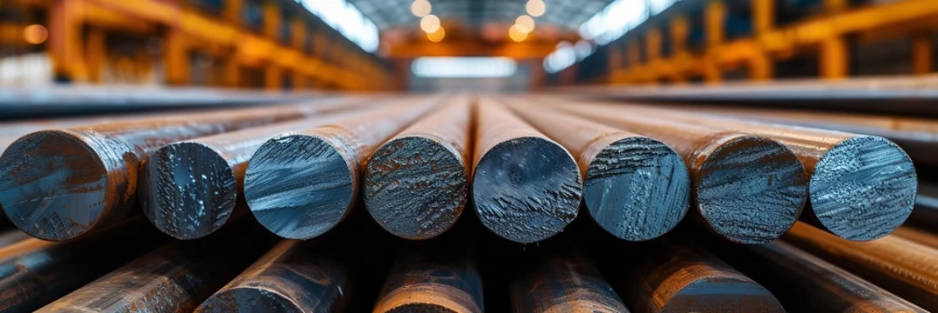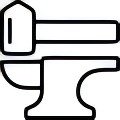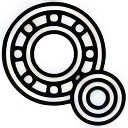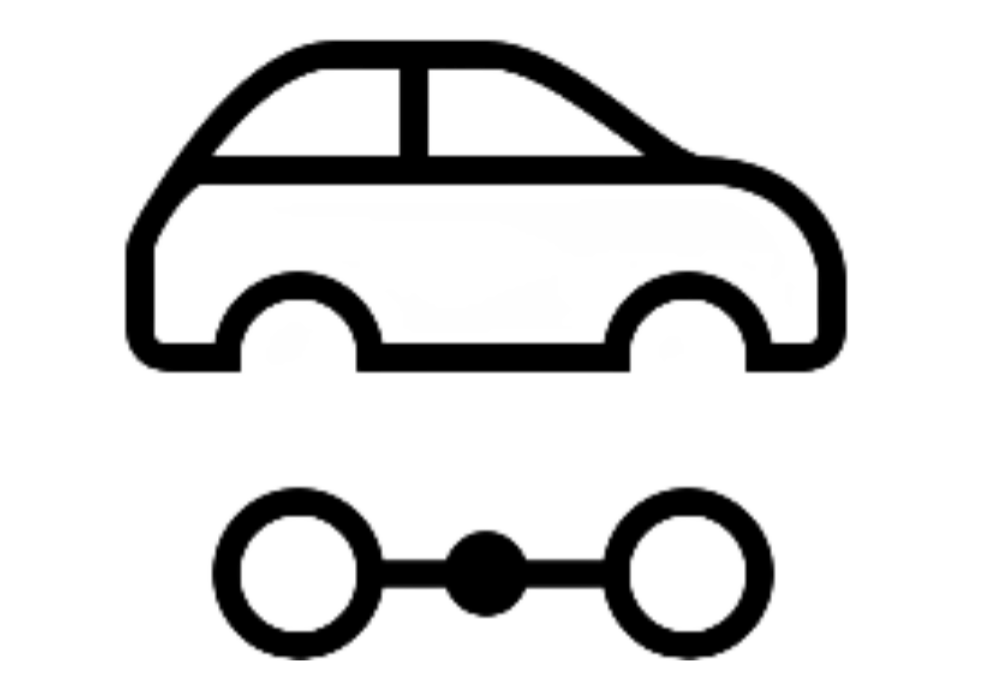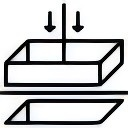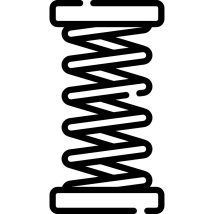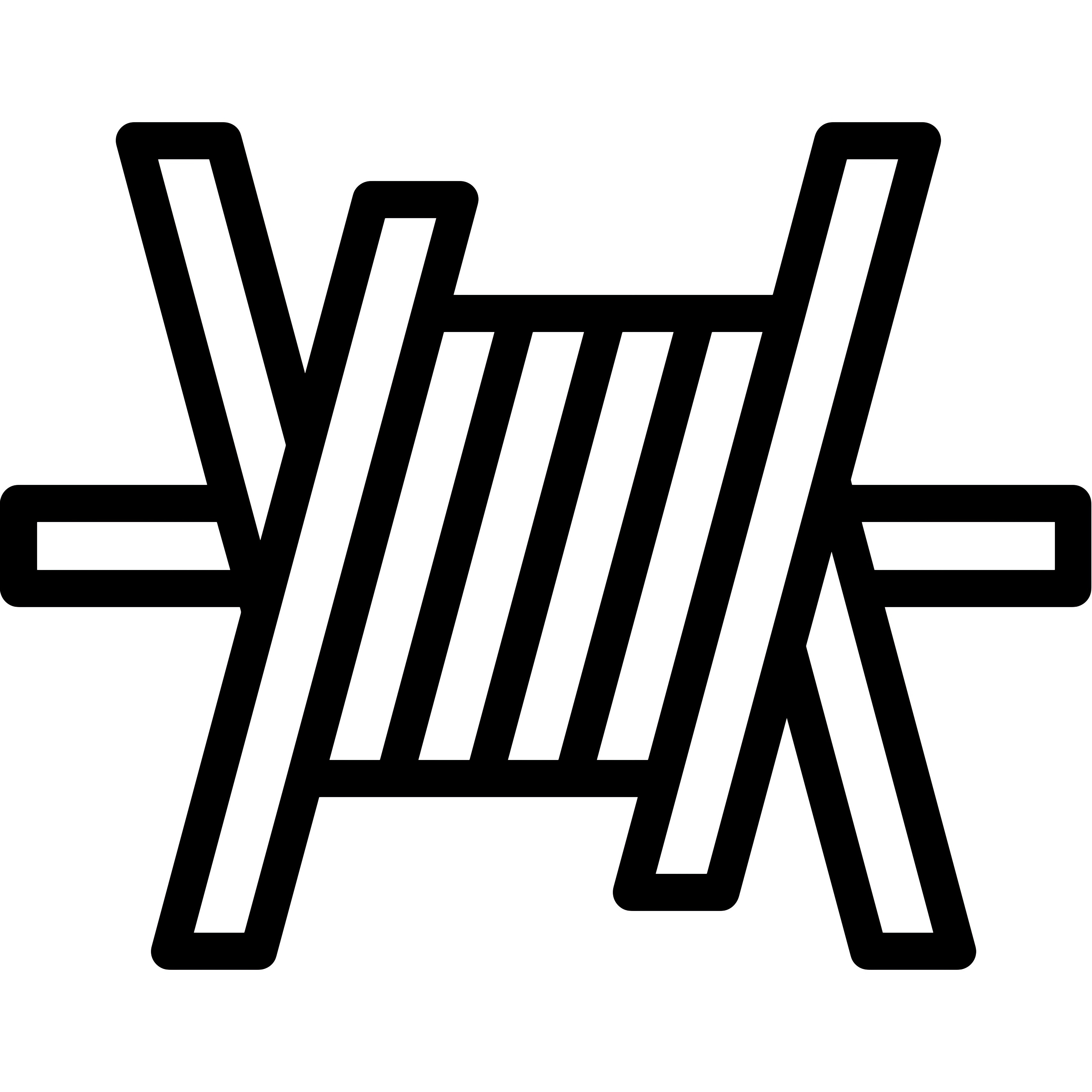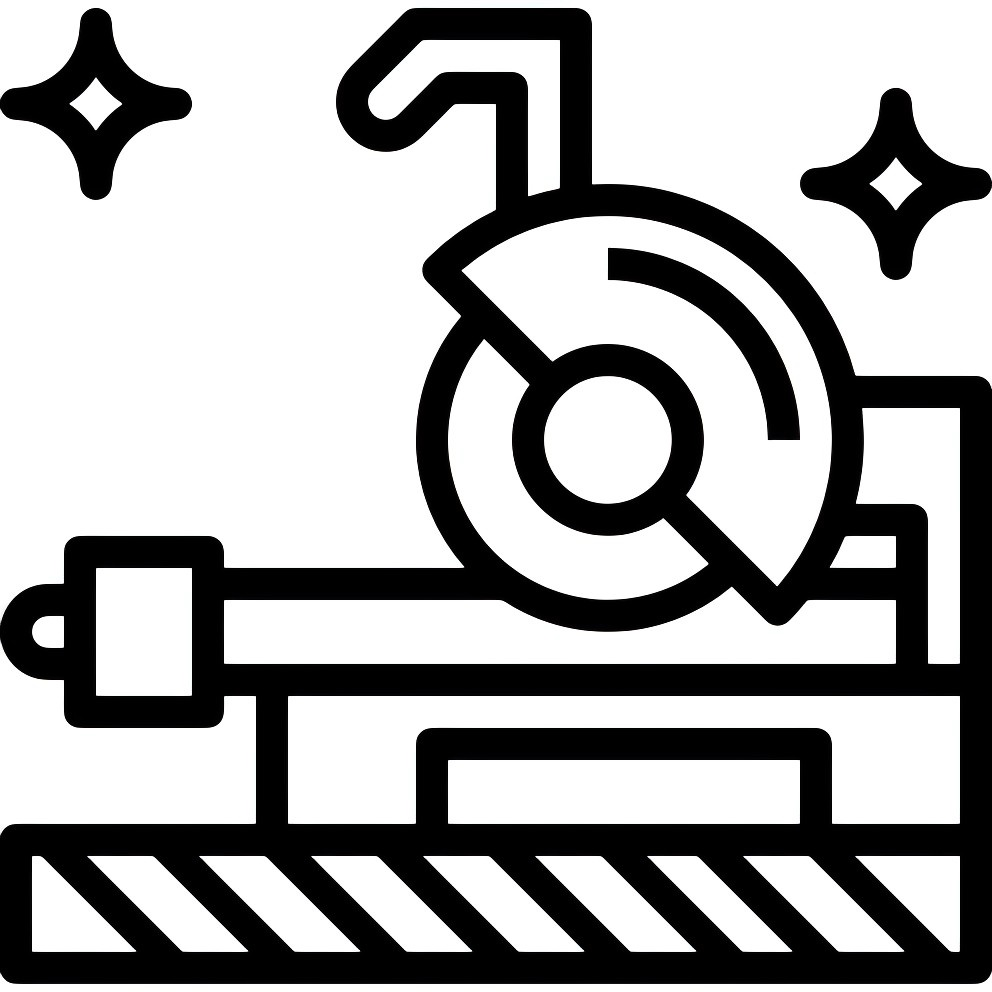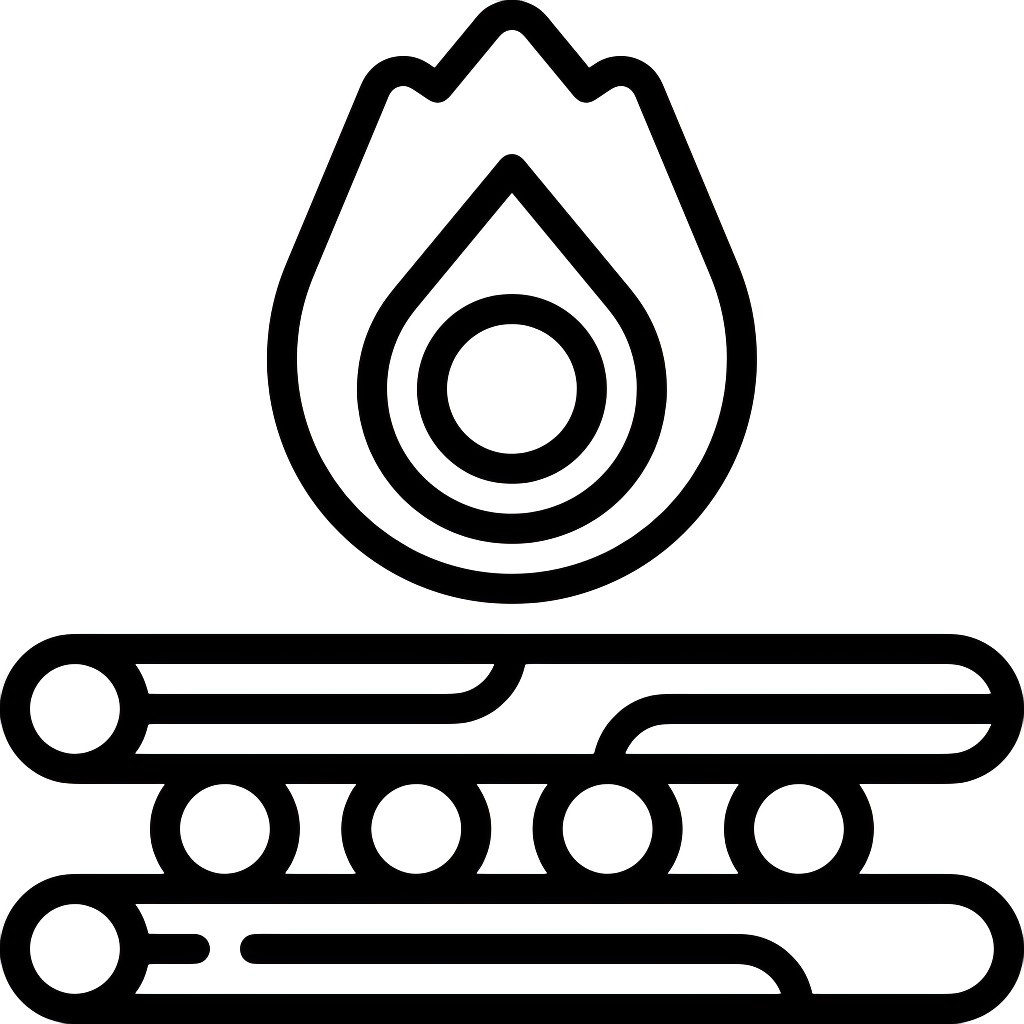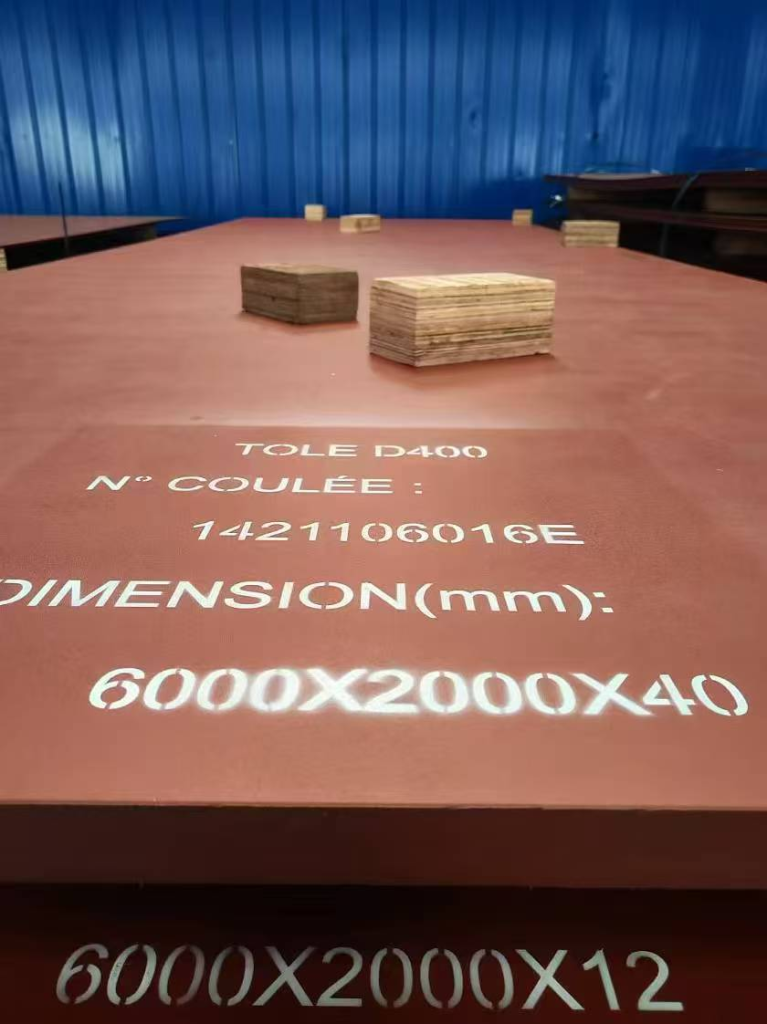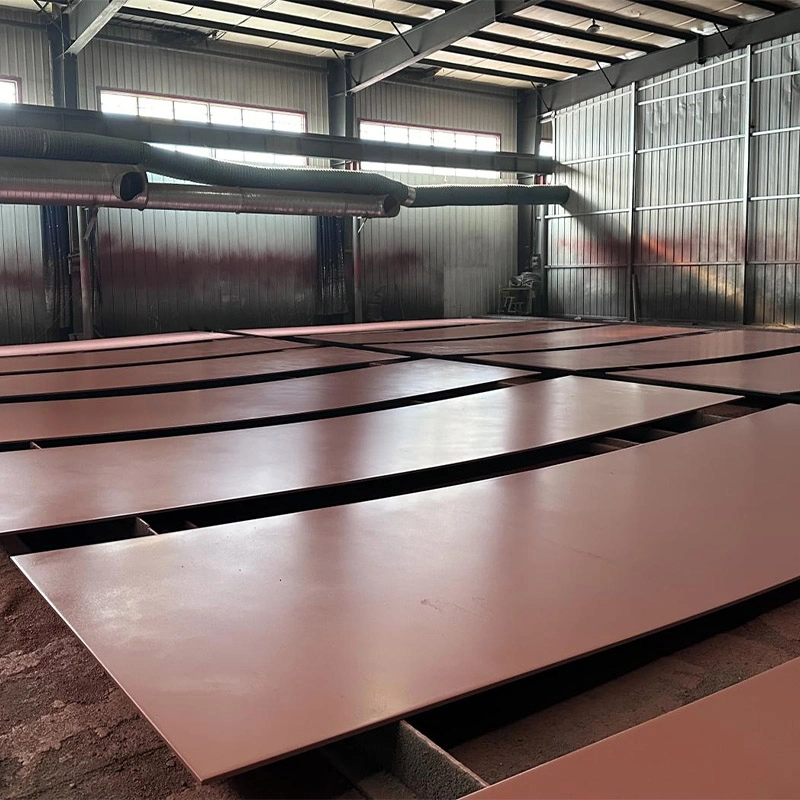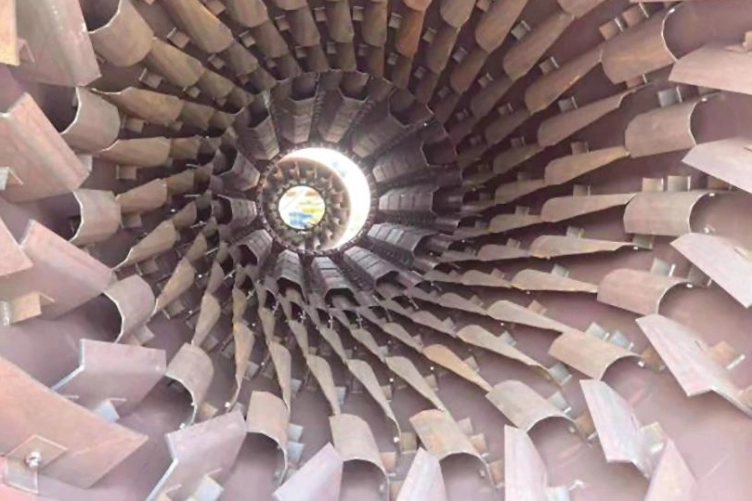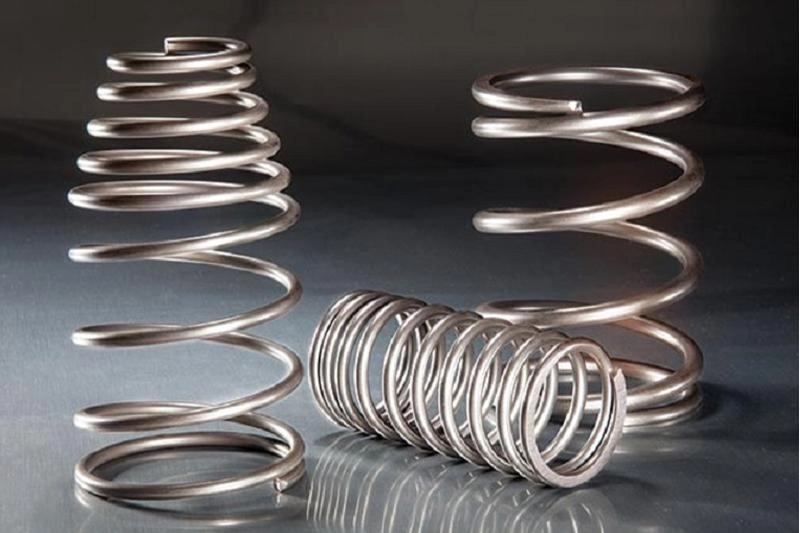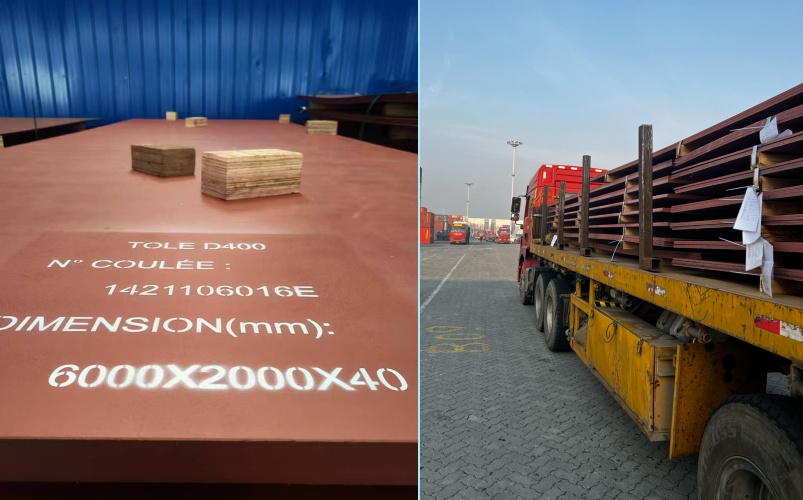I. AR400 vs. AR500: Which Boosts Equipment Life, Cuts Costs
In fields like mining, manufacturing, cement production, and recycling, keeping equipment tough is a big deal. Abrasive materials wear things down fast. This leads to constant fixes, unexpected stops, and ballooning repair bills. That’s where abrasion-resistant steel steps in. It’s a strong fix to make gear last longer. Stuff like abrasion metal and abrasion resistant stainless steel is built to handle rough situations. They’re must-haves for heavy-duty jobs. The go-to choices are AR steel types—namely AR400, AR450, and AR500. Each one has unique traits that shape how well it works, how much it costs, and how long it lasts. This piece digs into how AR400 stacks up against AR500. It looks at how picking one over the other changes your plant’s equipment life and upkeep costs. It also tackles issues like wear, work stoppages, and tight budgets.
II. AR400 vs. AR500: Key Traits Compared
Hardness & Wear Resistance
The main difference between AR400 and AR500 is their hardness. It’s gauged on the Brinell scale (BHN). AR500 ranges from 470-530 BHN. That makes it super tough against surface damage in brutal abrasive spots. It’s a top pick for jobs with grinding media, like pulverizers or crusher liners. Friction there never stops. You can understand the key benefits of using abrasion steel. Meanwhile, AR400 sits at 360-440 BHN. It gives solid protection in milder conditions. It doesn’t match AR500’s strength in the toughest places. But it’s plenty good for average wear setups. Plus, it’s a cheaper option that doesn’t skimp too much on quality.
Toughness & Impact Resistance
Hardness isn’t everything—toughness matters too, especially where things move a lot. AR400 stands out here. It’s more flexible, so it can take hits and avoid cracks. That’s why it works great in spring steel setups or gear that gets occasional big loads, like truck beds or buckets. On the flip side, AR500 is super hard but can get brittle when slammed hard. Its stiffness helps with abrasion resistance. Yet it’s less adaptable in places where bending matters as much as lasting. Picking one depends on this: Does your gear face more scraping or sudden jolts?
Weldability & Fabrication
Ease of shaping is another big piece. AR500’s intense hardness makes it tricky to cut, weld, or bend. This is especially true for detailed parts like steel molds or custom pieces. You need special tools and skills, which bumps up costs. But AR400 finds a sweet spot. It’s sturdy enough to fight wear yet easy enough to weld and form without too much hassle. This flexibility makes it a favorite for plants wanting simpler building steps while keeping abrasion resistant material benefits.
III. How They Perform in Specific Jobs
Mining & Material Handling
In mining and moving stuff, gear takes a beating from rocks, ores, and gravel. AR500 is the star for parts under heavy wear, like crusher liners, chute liners, and conveyors. Its top-notch hardness stretches out how long they last in rough spots. Meanwhile, AR400 and its tougher buddy AR450 fit better for truck beds, buckets, and loaders. Those see milder wear, and saving money matters there. It all boils down to how harsh the scraping is and what trade-off between toughness and price works for you.
Manufacturing & Tooling
In making things, picking materials often ties to the surroundings. Abrasion resistant stainless steel holds its own in rusty settings. But AR400 often beats out old-school tool steels for steel mold strength. It resists wear and is easy to shape. AR500 is harder, sure. It’s usually saved for extreme wear jobs where hardness beats out shaping ease. For plants crafting custom bits, AR400 often hits the right balance.
Cement & Recycling Plants
Cement and recycling spots wrestle with rough stuff like clinker, concrete, and scrap metal. AR500 rules in grinding media, pulverizers, and shredders. It fights wear like nothing else. Switching to abrasion resistant material like AR500 can cut how often you replace parts. Still, the upfront cost needs a hard look. AR400 or AR450 might do for less tough pieces. They’re budget-friendly and don’t give up too much staying power.
IV. What Will Influence Repair Cost
A huge perk of AR500 is how long it lasts. Studies say it can stretch replacement times 30-50% beyond AR400. That’s thanks to its great wear resistance. Fewer fixes and less downtime? That’s a win for keeping things running. But watch out for sneaky costs. AR500 costs more at first. It also needs special welding tricks or repair steps, which can eat into savings. AR400 isn’t as tough. Yet it’s cheaper to start with and simpler to fix. That’s a draw for plants watching their wallets. A Total Cost of Ownership (TCO) setup is key. It helps you weigh these pros and cons. Then you can pick the abrasion-resistant material that fits your big-picture money plans.
V. What Extra Materials & Mixed Fixes does AR Steel Use
Beyond just AR types, other materials can boost results. Spring steel is perfect for parts that shake a lot. It pairs nicely with AR grades in moving setups. For super tough conditions, mix AR450 with chromium carbide layers. That combo maxes out wear resistance. New options like 14% manganese steel shake things up too. They bring special toughness and self-toughening traits for certain jobs. Checking out these paths can open fresh ways to keep gear strong.
VII. How Can You Use Them Intelligently
- Thickness Tweaking: Adjust the thickness of abrasion resistant stainless steelor AR parts. Aim for a balance between lasting and cost. Too thick wastes cash; too thin risks early breakdowns.
- Predictive Upkeep: Use wear checks and smart plans to guess when AR gear needs swapping. This cuts surprise stops.
- Picking Partners: Team up with trusted abrasion metalsuppliers who know AR400, AR450, and AR500. Their know-how locks in quality and fit for your needs.
VIII. Who Do You Choose as AR Steel Supplier
Choosing between AR400 and AR500 takes knowing what your plant really needs. Go for AR500 when top hardness and wear resistance can’t budge, like in grinding media or crushers. Pick AR400 when flexibility, ease, and savings matter more, like in spring steel bits or truck beds. Middle-ground picks like AR450 can fill gaps too. For top-quality options, consider Promispecial®, a trusted supplier of AR400, AR450, and AR500 steels tailored to your specific demands. Down the road, new abrasion resistant material tech could bring even better fixes. It might change how industries fight wear. Weigh hardness, toughness, and full costs. That way, you’ll land on a smart pick that boosts gear life and keeps repair budgets steady. Contact us now!
FAQ
Q: Which steel lasts longer for plant equipment—AR400 or AR500?
A: AR500 typically lasts 30-50% longer than AR400 due to its higher wear resistance, especially in harsh, abrasive conditions like mining or cement production.
Q: How do AR400 and AR500 affect repair costs?
A: AR500 cuts repair frequency with its durability but has higher upfront and fixing costs. AR400 is cheaper to buy and mend, though it wears out faster.
Q: When should I choose AR400 over AR500 for my plant?
A: Pick AR400 for moderate wear or when flexibility and lower costs matter, like in truck beds or spring steel parts. It’s easier to shape too.

